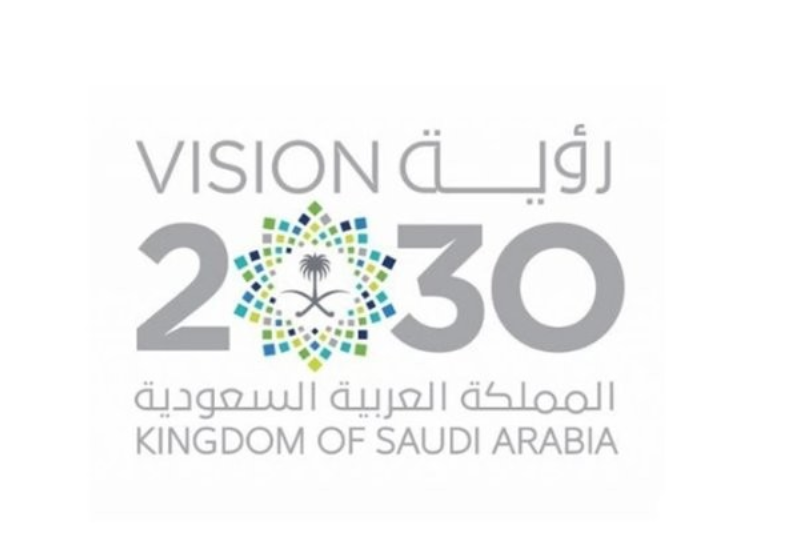Saudi Arabia’s Vision 2030 is a transformative and ambitious plan to unlock the potential of its people and create a diversified, innovative, and world-leading nation. Launched in 2016, it has already delivered unprecedented transformation and remarkable growth in just five years. The vision centers around the development of the world’s largest green hydrogen plant at Oxagon in NEOM, with the goal of producing up to 600 tonnes of green hydrogen per day for export worldwide. This carbon-free fuel could decarbonize buses, heavy-duty trucks, and industrial processes, potentially saving the planet up to five million tonnes of CO2 annually.

NGHC stands out with secured investment, construction progress, and clear production timelines, thanks to the backing of shareholders like ACWA Power, Air Products, and NEOM. Its location in NEOM provides unlimited access to solar and wind energy, powering the plant that will produce carbon-free green hydrogen. Saudi Arabia’s unique position, abundant land, sunny climate, and renewable expertise, gives it a competitive edge in the clean energy sector.
As the global energy transition accelerates, NGHC’s plant is set to become a benchmark for the clean hydrogen industry. Saudi Arabia’s efforts are not only contributing to the global energy transition but also setting the pace and leading it from the Middle East.
Industry 4.0, or the Fourth Industrial Revolution, plays a crucial role in achieving the Sustainable Development Goals (SDGs) under Agenda 2030. It represents the convergence of industrialization, infrastructure development, and technological innovation. The transition from labor-oriented mechanical production to digitized, integrated, and automated smart factories is crucial for sustainable industrial development, contributing to economic growth, job creation, and improved manufacturing processes. Collaboration in broad-ranging ecosystems is essential for substantial impact.
Comments
Post a Comment